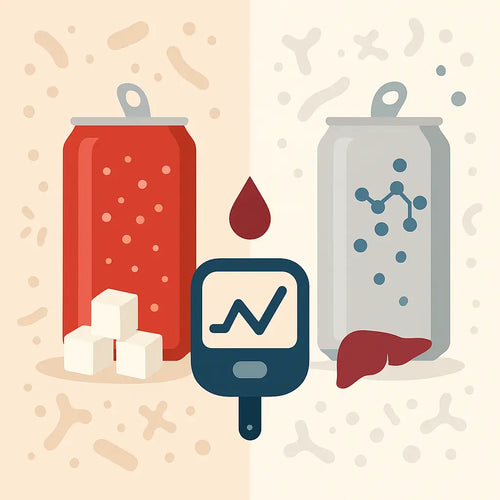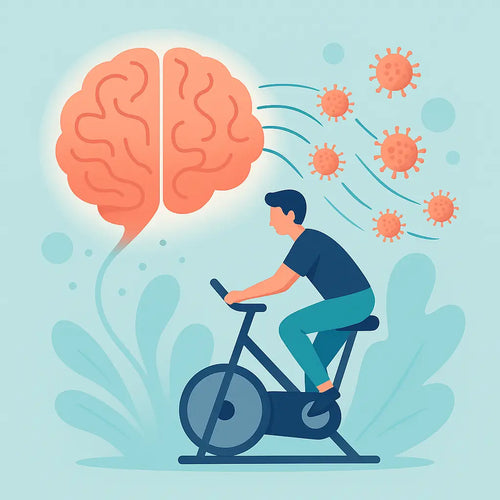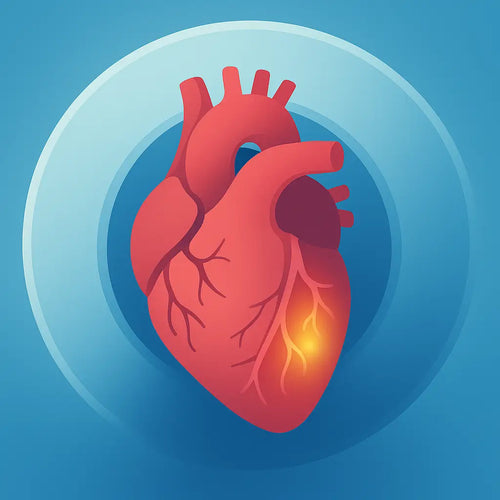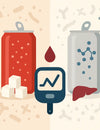Insulin resistance is the reason for type 2 diabetes.
Insulin resistance will also increase low grade inflammation and free radical damage to tissue.
Several factors can contribute to insulin resistance, but first, what is insulin resistance?
We call it insulin resistance when the insulin are not able to transfer the blood glucose into the cells as efficiently as it used to because the receptors on the cells are getting less sensitive to the insulin. This will result in the pancreas compensating by producing more insulin which can keep the blood glucose within so called normal limits for a while, although it will usually start to slowly creep up. When the pancreas is no longer able to compensate and the cells are even more resistant to the insulin, the blood glucose will increase to a level where it is now labeled type 2 diabetes.
The changes leading up to this usually start years before.
What is causing insulin resistance?
There can be several contributing factors:
- High saturated fat intake from animal sources.
- Trans fat.
- High glycemic index low nutrient carbohydrates.
- Not enough physical activity.
- Chronic stress.
- Not enough sleep.
- Toxins (like pesticides).
- Increased intestinal permeability
Increased saturated fat intake leads to accumulation of fat in the muscles making them less responsive to insulin(Rachek LI, 2014).
Fat accumulation in the muscles can induce mitochondrial dysfunction as one of the reasons for insulin resistance(Martins AR, et al. 2012). The mitochondria is the energy producing entity of the cell.
As the cells are getting less insulin sensitive , the increased insulin the pancreas is releasing as a compensation will result in fat accumulation in the liver and eventually lead to a fatty liver. The liver will also get insulin resistant and will not function properly.
A normal liver will produce enough glucose between meals and during the night when we don’t eat to keep the blood glucose at a normal level. An insulin resistant liver will however produce more glucose than we need, it does not know to stop in time to keep the blood glucose normal. That’s why somebody with type 2 diabetes will have high blood glucose levels in the morning.
Insulin resistance will increase the risk for chronic disease because it increases low grade inflammation and free radical damage.
It can also make you more tired, and it is easier to gain weight, especially around your waist.
I have talked about saturated fat from animal sources, does that mean that not all fat is producing the same effects?
Could you eat some fat without increasing the risk for insulin resistance?
Next week I will talk about that and how carbohydrates affect insulin sensitivity.
Learn to Eat:
Recommendations that work. This is not a regular diet program.









